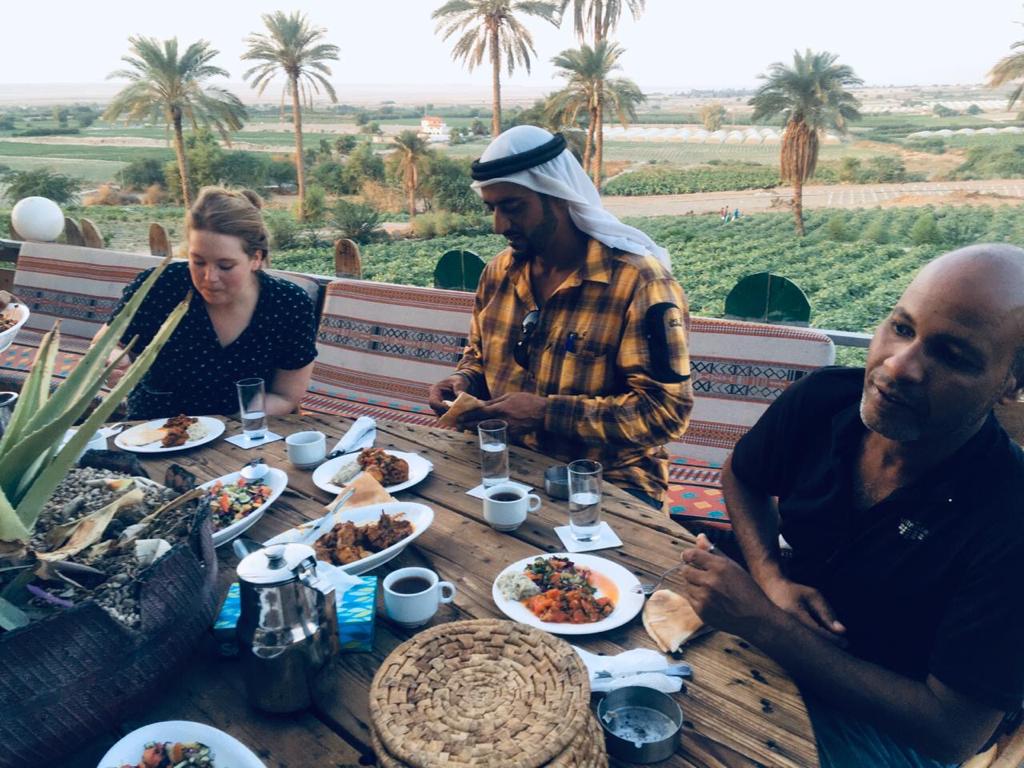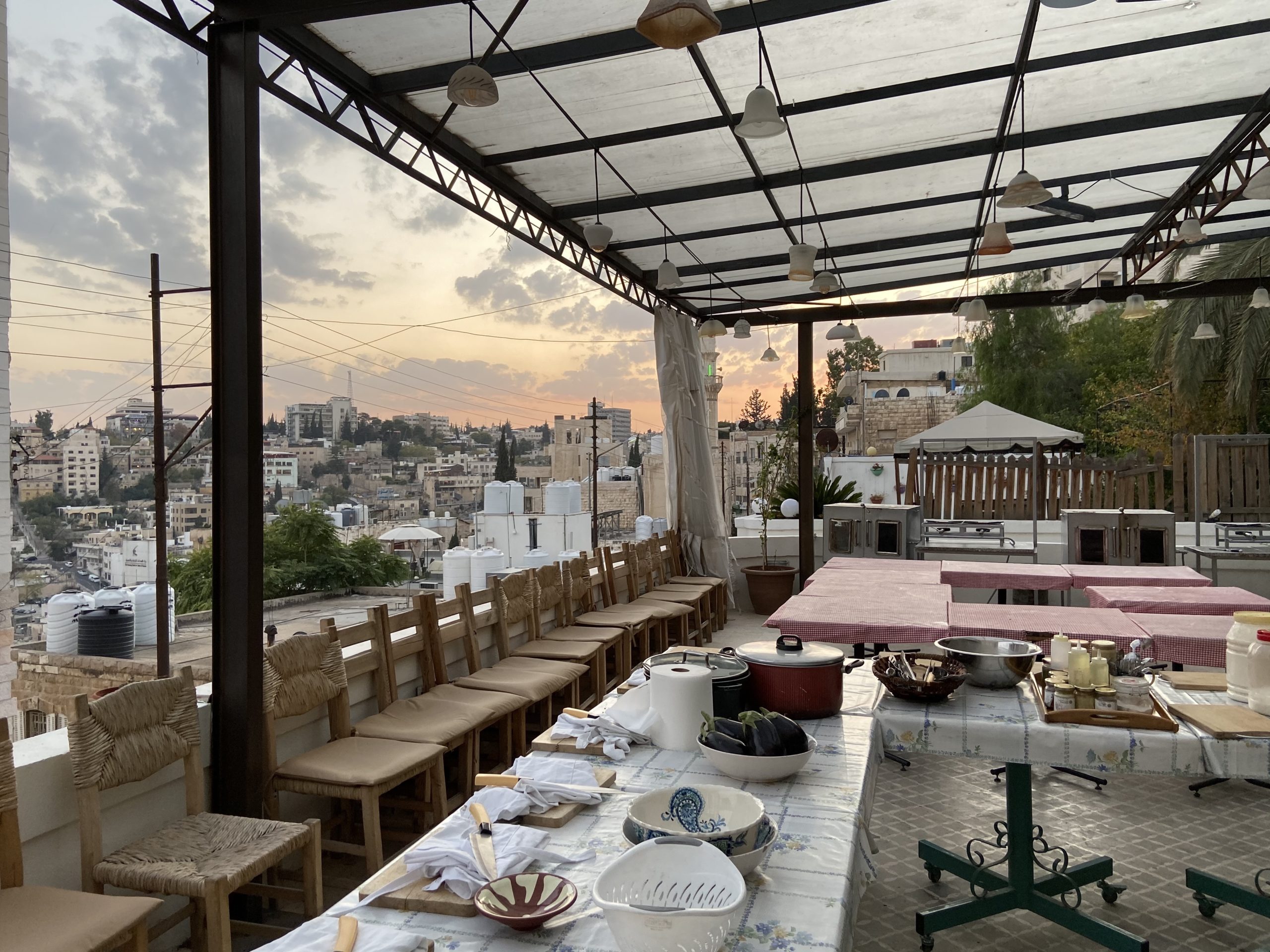Elevate Destinations’ best practices to designing an effective advance trip.
An advance trip is a great investment for organizations when designing logistically complicated journeys for VIP donors. These trips can clear up any of the unknowns or tensions your staff feel about the destination and experiences. For those planning the trip, you see an enhanced level of confidence and a much deeper understanding and connection to the content and the local individuals who are instrumental in hosting the experiences. Most importantly, staff have an opportunity to address any gaps in their understanding of the program or logistics which translate into a reduced level of stress and miscommunications.
The Elevate Destinations Social Impact Journeys Team has compiled six important steps for your staff to plan and execute an effective advance trip.
Step 1: Clarify your goals and prioritize what can only be done in the field
To maximize the returns from an advance trip it is critical to ask yourself strategic questions to get clear on the essential outcomes from this trip:
- What logistical details need more attention? What can our tour operator do versus what do I need to do?
- What content needs clarifying?
- Who do I need to connect with in person? What do I need to learn from them? Is there a language barrier? Do I need an interpreter?
- Are there one or two uncertain elements that could substantially influence the trajectory of the trip?
- What are the biggest gaps in planning out this trip?
- What are the most vulnerable aspects on our itinerary?
- What can I not accomplish without being there?
Once you’ve done this, your priorities and goals will start to reveal themselves and in turn will shape how you prioritize your time.

Step 2: Who should run the advance trip?
Once you are clear on the goals and priorities of the trip you will need to decide on who should go on the advance trip. This should always be one of the main staff members involved in planning the trip. The knowledge someone returns with will expedite the trip planning process and you don’t want all that knowledge living with someone who is not heavily involved in the planning of the trip. You will also need to consider your staff’s bandwidth and how much time is feasible for them to be away from the office.
Step 3: Develop a rough itinerary
When developing a framework for your itinerary, always start by revisiting your goals for the trip. Once you have written down your top three objectives, ask yourself the following questions:
- What is my budget?
- How many days do I have?
- Which towns or cities do I need to visit? Where do I need to stay overnight?
- What partner sites are critical to visit?
- What restaurants do I want to visit? Do I need to source private or outdoor spaces?
- What can I do in tandem like scheduling a meeting at a restaurant or hotel I want to vet?

From this, sculpt an itinerary on a Google Spreadsheet that will allow you to visualize your daily plans and easily plug things in and adjust the itinerary as needed. If logistically feasible, front load your trips with what is the most urgent and vulnerable content or logistics to sort out. If there are one or two questions from which everything else on the itinerary depends on, do that work first as it might influence what you need to do next.
While you want to maximize your time on your trip, it’s important to give yourself time between meetings to digest everything, write down your initial thoughts, and allow time for impromptu visits. When you’re traveling, you will inevitably encounter new people or discover new places to visit, so reserve time for these opportunities on your itinerary. For example if you can end your meetings at 3:00 PM each day or keep the last day open in a certain city / town, that allows you to dig into the unknown factors that naturally come up during these trips. It is also a really great idea to leave the last one or two days open for meetings that inevitably have to be rescheduled or connections you make along the way.
If you have enough time, plan a full day of sightseeing and exploration when you arrive to ground yourself in the destination. Book a Guide for this, preferably the Guide who will be guiding the main program. This way, you can also work with the Guide to extrapolate themes that you will want him or her to highlight for your community.
Equally important is to carve out time to relax and unwind. To wander streets – read in a coffee shop – something to turn your brain off. Your mind will be buzzing with information and ideas which is both exhilarating and exhausting. You need to take the time to tune out and turn off so you can digest everything you are learning.
Step 4: Put together a brainstorming team
You need to put together a team who will support you during your visit. The essential stakeholders are a good tour operator, your Guide and one other colleague from your organization who is involved in the trip to talk things through with. Share anything and everything; maybe you visited a hotel that actually isn’t a good fit for the group. Maybe a site visit you loved doesn’t make sense logistically for an itinerary. Having someone who can help you take a step back and examine the trip from another perspective is invaluable. Plan to have a couple of debrief sessions with your colleagues at home and your Guide throughout the trip to talk through ideas you have. What do they see when you share your feedback with them? It is critical to do this while you are still in the destination since it might inspire new ideas or questions you need to examine while you are still there.

Step 5: Appreciation & Follow-Up
People spend a lot of time helping you on an advance trip. It is great to close your journey with a thank you gift or card of appreciation. If there are other people you have met along the journey, make sure to keep their contact details and send a thank you email when you return home. Every connection you make is an important one and can often translate into an essential on your final trip. If there are follow up or action items in terms of next steps, you should also remind them of that and what they can expect in terms of next steps.
Step 6: Integration & Collaboration
When you come back from the trip, take some time off to allow the trip and experience to naturally settle. Give yourself space and time to rest, step away from all of your ideas and the program. Once you’ve taken a step back, you can step back in with a clearer mind. First, take the time to review your notes and piece it all together. Document everything and save the contact details of everyone you’ve met. Even if you don’t work with them for this particular program, you may in the future.
You can then begin to piece your itinerary together from a more open and informed perspective. Once you have composed the new itinerary, share it with your collaborators and continue to integrate their feedback and questions as you massage it into the right place.
